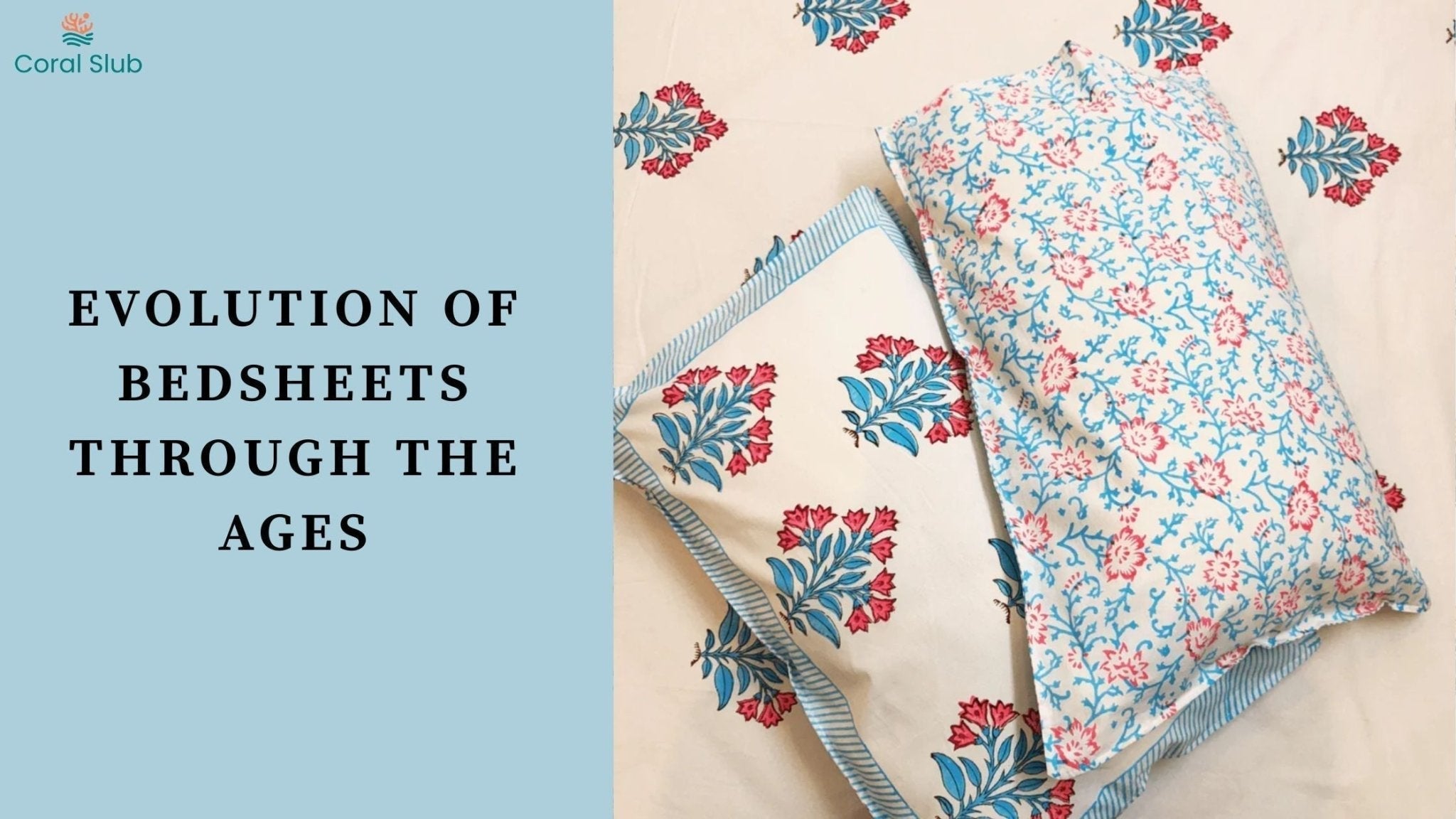The humble bedsheet has undergone a remarkable transformation throughout human history, evolving from simple protective coverings to sophisticated textile artworks that reflect cultural values, technological advances, and changing lifestyles.
Ancient Beginnings
In ancient civilizations, bedding served primarily functional purposes. Egyptians crafted their earliest bed coverings from linen made from flax plants along the Nile River. These lightweight sheets provided relief from the desert heat while demonstrating the wearer's social status through their quality and fineness. Wealthy Egyptians slept on intricately woven linens that were often bleached white, a labor-intensive process that signified luxury.

Ancient Romans elevated bedding to new heights of comfort and decoration. They introduced the concept of layered bedding, using multiple sheets, blankets, and covers. Roman beds featured elaborate coverings made from silk imported from China, wool from various provinces, and locally produced linen. The wealthy adorned their sleeping quarters with richly dyed fabrics in purple and crimson, colors that became synonymous with imperial power.
Medieval Transformations
During the medieval period, bedsheets became increasingly elaborate among the nobility while remaining basic for common folk. Castle bedrooms featured heavy woolen coverings and fur-lined sheets designed to combat the cold stone walls and drafty chambers. The wealthy began incorporating decorative elements such as embroidered family crests and religious symbols into their bedding.

Monasteries played a crucial role in advancing textile production during this era. Monks and nuns developed new weaving techniques and maintained high standards of cleanliness, establishing many of the hygiene practices associated with bedding that continue today. The concept of regularly washing and changing bed linens gained prominence in religious communities before spreading to secular society.
Renaissance Luxury

The Renaissance brought unprecedented artistry to bedroom textiles. Italian silk weavers in cities like Florence and Venice created sumptuous bedding that featured intricate patterns, metallic threads, and elaborate designs. Beds became showcases for wealth and artistic taste, with sheets and coverlets serving as canvases for decorative expression.
During this period, the four-poster bed gained popularity, and with it came the development of coordinated bedding sets. Sheets, pillowcases, and bed curtains were designed to complement each other, creating unified bedroom aesthetics that influenced interior design for centuries to come.
Industrial Revolution Changes

The Industrial Revolution transformed bedsheet production from a craft-based industry to mass manufacturing. The invention of the cotton gin made cotton more affordable and accessible, leading to the widespread adoption of cotton bedding. Mechanized looms could produce sheets more quickly and uniformly than hand-weaving, making quality bedding available to the growing middle class.
Steam-powered textile mills introduced new dyeing techniques that allowed for vibrant colors and patterns previously impossible to achieve. The Victorian era saw an explosion of ornate bedding designs featuring floral patterns, paisley motifs, and elaborate borders that reflected the period's love of decoration and detail.
Twentieth Century Innovation

The 1900s brought revolutionary changes to bedsheet materials and manufacturing. The development of synthetic fibers like polyester offered new possibilities for durability, easy care, and affordability. Permanent press treatments reduced the need for ironing, while new dyeing methods ensured colors remained vibrant through multiple washings.
Mid-century modern design influenced bedding aesthetics, introducing cleaner lines, geometric patterns, and bold color blocking. The rise of department stores and mail-order catalogs made diverse bedding options available to consumers across different economic levels and geographic locations.
Contemporary Comfort
Today's bedding industry reflects our modern priorities of comfort, sustainability, and personal expression. High-thread-count cotton sheets compete with bamboo, Tencel, and other eco-friendly materials that appeal to environmentally conscious consumers. Memory foam and cooling technologies have been integrated into pillows and mattress covers, while smart textiles can regulate temperature and monitor sleep patterns.
The contemporary bedroom celebrates individual style through an endless variety of colors, patterns, and textures. From minimalist white linens to bold artistic prints, modern bedsheets serve as personal statements while incorporating advanced materials that offer superior comfort and performance.
Looking Forward
As we move deeper into the 21st century, bedding continues to evolve with our changing needs and values. Sustainable materials, antimicrobial treatments, and smart fabrics represent the future of sleep comfort, while traditional craftsmanship experiences a revival among consumers seeking authentic, handmade products.
The journey of bedsheets through the ages reveals how something as simple as what we sleep on reflects broader human stories of innovation, artistry, and the eternal quest for comfort and beauty in our most private spaces.









